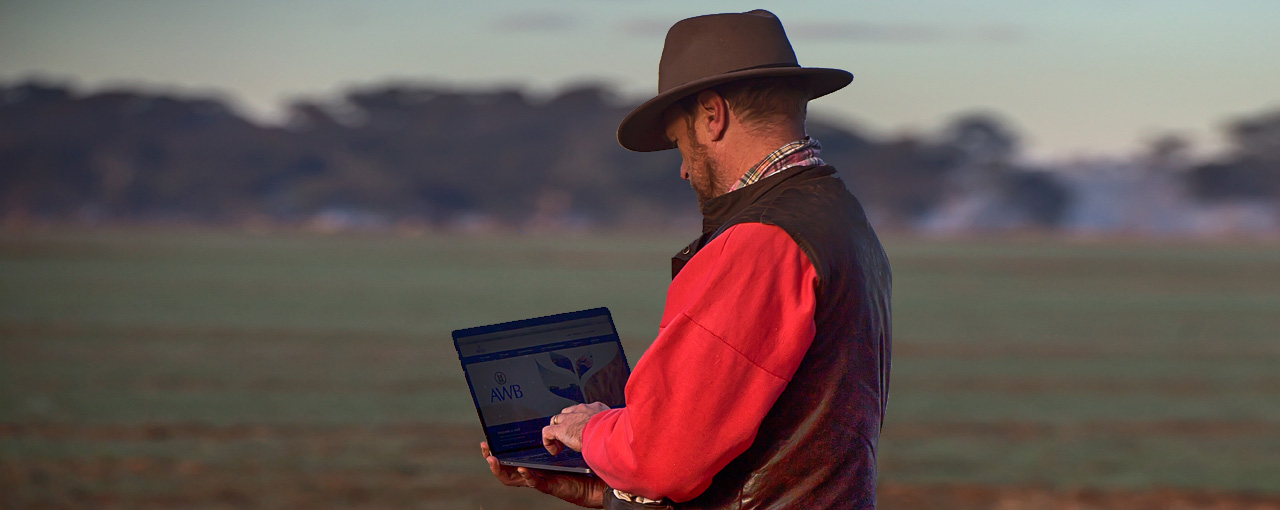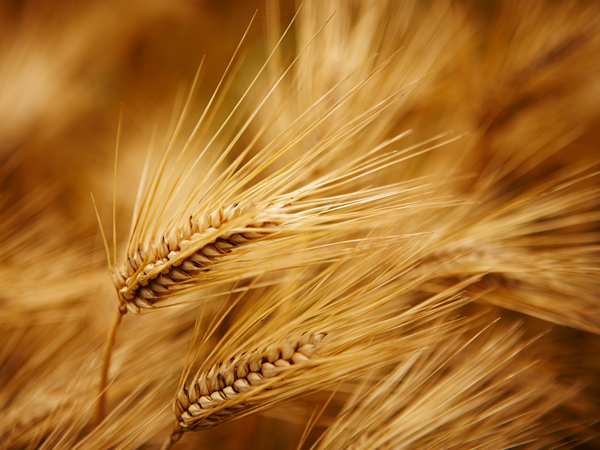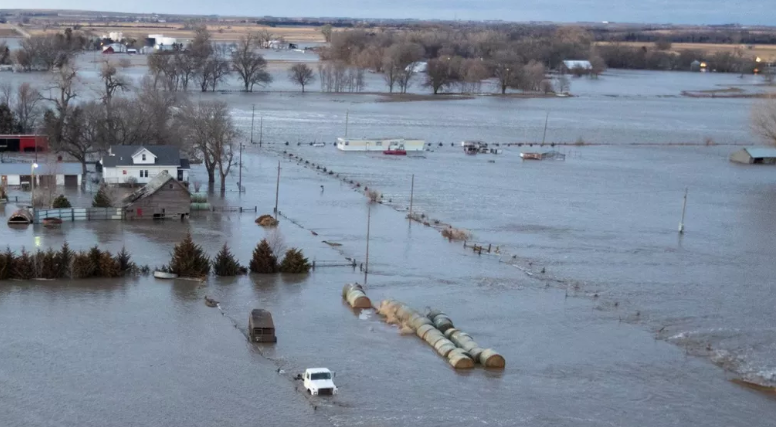East coast grain pending spring rain
by Matt Wallis
The past week has provided much of the same with small isolated falls up to 5mm occurring across SNSW. For the month to date and east of the Newell in SNSW, we have generally accumulated 20-30mm of rain which has seen growers apply their first applications of nitrogen for the season. Although timely, rainfall accumulation is well below average for this time of year and deteriorates the further north you travel. The requirement for prompt, double digit rainfall has been further highlighted especially to the west of the Newell and into central and northern NSW as crops struggle to germinate. Heavy consecutive frosting has occurred throughout NSW with overnight temperatures reaching as low as negative 6 through Mudgee in the previous week, putting a handbrake on crop development. In the absence of any substantial rainfall for the next fortnight, it would appear more likely for North Melbourne to finish top 8 than any further sowing to occur; am happy to be proven wrong on both fronts!
Across the border into Vic and we see much more favourable conditions. Throughout the Mallee, Wimmera and Western Districts crops generally sitting on a healthy moisture profile have received timely rainfall allowing for uniform crop establishment setting up the season to produce an economical crop. However, it goes without saying, much of the east coast crop is in a rainfall deficit and will be heavily reliant on a kind spring in order to bring grain to head and fill the bins.
Local markets have remained firm with old crop APW bid in a tight range around $395 Port Kembla and new crop at about a $35-$40 discount. Domestically, the Griffith Zone has been holding up bidding $390-$400 for June/July delivery of old season SFW1 and for new crop at a $70-$80 discount.
Recent rains in the west dragged down WA pricing and resulted in 2019/20 season barley pricing directly into the QLD market for the upcoming year while wheat still has work to do for the transhipments to occur.
Canola has firmed on both the old and new crop front with new crop bid $5 under old crop at $610-$615 Port Kembla and Newcastle. Crush demand is expected to be limited as coverage has been bought until the new crop comes on board.
Late in the preceding week the Saudi’s announced a tender for approximately 900kmt of barley for Aug/Sept/Oct delivery of which Australia is expected to miss by nearly US$40.
December wheat futures have traded over a 45USc or a $24AUD/t range for June. US Winter wheat harvest has produced some satisfactory yields, however, the Black Sea and European wheat regions are coming in dry posing possible reductions to their mammoth crops, currently estimated up 27.68mmt year-on-year at 275.6mmt or 42.7% of the worlds production (excluding China).
The question remains, with the world wheat market well supplied projecting another year of record ending stocks, can this market find a fundamental reason to maintain its trend higher? The US corn story can only prop up wheat for so long until another event fuelling the fire becomes necessary.
All the best and bring the rain!
AWB Annual Crop Survey Week 2 winners

We are pleased to announce our second week cash prize winners for participants in AWB’s 2019 Annual Crop Survey.
Read MoreGrain Markets, Bulls & Bears

While the dry continues in Northern NSW and QLD, Central NSW is increasingly feeling the pinch following disappointingly light and patchy rainfall. However, prospects are firming in the southern part of the state with some areas only one good fall away from a firm production outlook.
Read MoreAWB Annual Crop Survey: Week 1 winners announced

We are pleased to announce our first cash prize winners for participants in AWB’s 2019 Annual Crop Survey.
Read MoreDroughts and flooding rains

Talk about droughts and flooding rains. In the US, weather continues to play havoc, delaying planting of the corn crops and causing flooding of wheat fields. Here in Australia, areas of the east coast are looking down the barrel of a third year of below par winter crop rainfall.
Read MoreVolatility returns to grains

In our part of the world, follow up rain is badly needed but on the other side of the globe, too much rain is rattling markets.
Read More